12. The Trouble with Harry
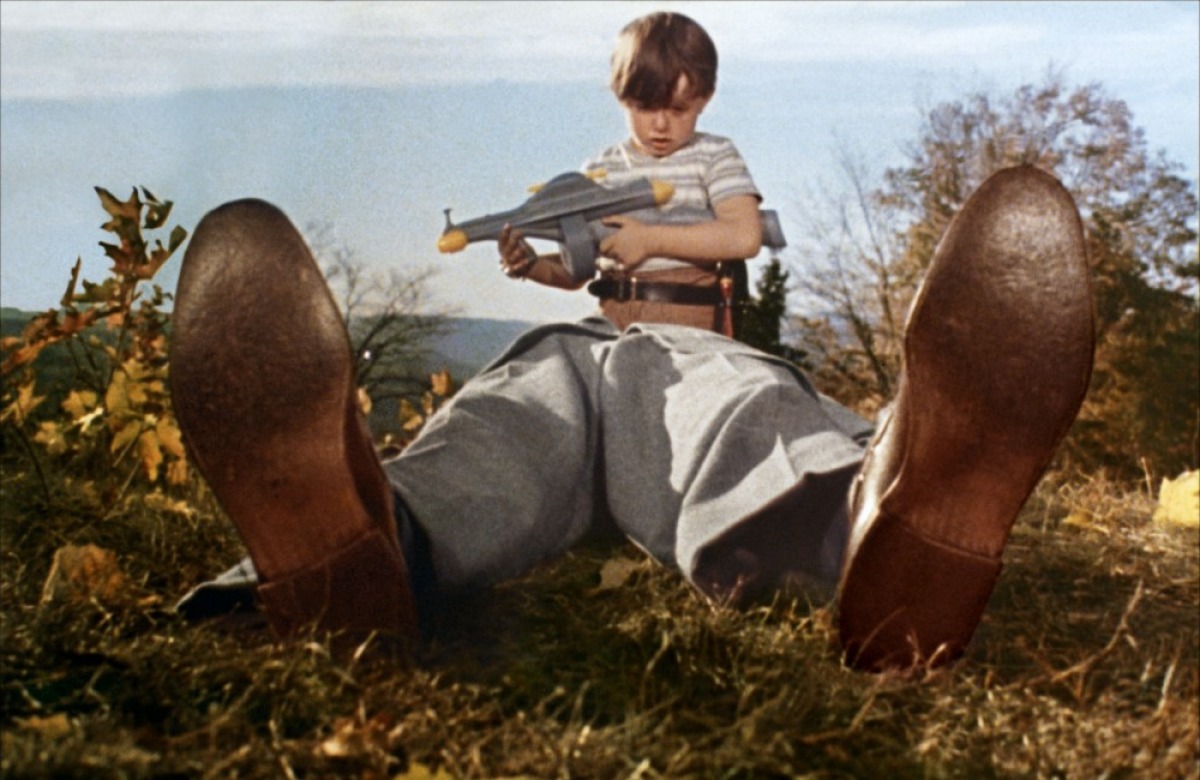
The Trouble with Harry was Hitchcock’s second film to be shot in Paramount’s VistaVision, and coming in the wake of the short films that the director had been producing for television consumption, he builds on this to create a wholly absurd black comedy. Written by John Michael Hayes, who remained true to the original novel (written by John Trevor Story) to give us a morose and truly Hitchcockian comedy that, for one reason or another, failed to find an audience in the U.S. with acclaim more readily heaped upon it across Europe where it helped the director establish himself as a true auteur.
The film builds on the amoral nature of its predecessor, To Catch a Thief, but takes it to a logical extreme wherein there is a transference of guilt, as the director was so fond of, but here that moral burden is applied to almost every character – and at their own doing too. Everyone who stumbles upon the titular corpse assumes their own part in the circumstances surrounding the man’s death; his wife (played by a young Shirley MacLaine) believes it to be related to the bottle she cracked him over the head with the night before, the old sailor who believes that he might have shot him and so on.
Other characters come and go, and like those who might very well be directly responsible for Harry’s demise, they greet the body with little more than cold indifference, seeing it not as a human being but rather as a troublesome object that simply must be disposed of. The idiom “out of sight, out of mind” springs to mind, though with it the director no doubt asks the viewer to ponder the lack of virtue in his characters, well he certainly would have if he hadn’t already rendered them as being complicit in the Kafkaesque absurdity unfolding on-screen.
11. Frenzy
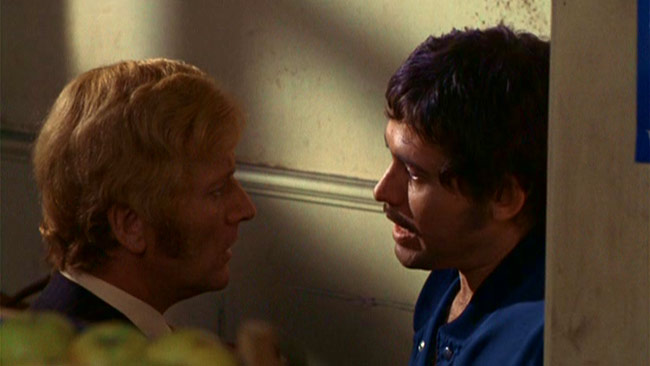
There was some degree of creative freedom in Hitch’s contract with Universal, despite having been forced into making two dismal spy films, in it was a clause that actually enabled him to make any feature that he wanted providing that its budget was kept below $3 million and that it wasn’t the adaptation of Mary Rose that he was so keen on trying. He used this to his advantage as he went to work on a film concerning a serial killer in modern London, with the murderer being a charming yet psychotic strangler of women. It was to be the film to bring an end to his malaise, but not only that, it was to be a startling return to form.
The director’s initial vision for Frenzy was one that was centred around the journey of food, from its delivery to eventual expulsion as human excrement, it would show twenty-four hours of life in a modern city as he unflinchingly explored the putrid nature of man.
This vision didn’t quite make it over intact, but there is still a huge emphasis on food to be found here; the killer is a grocer (the same profession as Hitch’s father) who must endure some escapades on a truck full of potatoes to recover a piece of evidence that he had dropped, and there’s the surprisingly amusing home life of the Chief Inspector who returns home from work every day to a wholly unsatisfying meal.
There is more familiar ground for the director in the narrative too, it does, after all, feature his most common theme, the transference of guilt, which in this effort is dumped upon the shoulders of the unfortunate Richard Blaney (Jon Finch). Blaney is believed to be the prime suspect in the case whilst his charming friend, Bob Rusk (Barry Foster) continues to run amok across the city, and with Chief Inspector Oxford (Alec McCowan) closing in, Blaney must prove his innocence and track down the real killer, little realising that he right under his nose the whole time.
It might very well have made for a trip down memory lane for Hitch, but Frenzy was also stylistically modern, abandoning his usual emphasis on subjective camera work for predominantly objective shots instead – the subjective viewpoint of Chief Inspector Oxford as he gazes down at his evening meal are still highlights though.
The real standout moment might very well be the sequence where we follow the killer as he leads a victim through crowded city streets back to a flat; as they approach the front door, the camera suddenly pulls away, retreats down the stairs outside where a crane shot lifts us high up above the busy thoroughfare. Frankly, it’s a beautiful shot, and it makes the untimely demise of a likeable character more affecting; the audience know what’s going to happen, yet Hitch renders them entirely helpless, unable to intervene.
10. Dial M for Murder
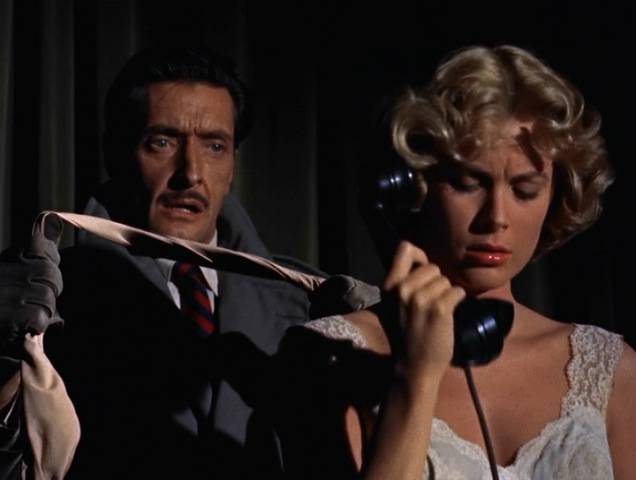
Hitch felt personally responsible for losing Warner a substantial amount of money on Under Capricorn and, to make amends, decided to assist them in pushing their latest fad; 3D. Thankfully, the use of this new technical advancement was quite limited, but it was used in a fascinating fashion; to draw the viewer’s attention towards certain items that are vital to the case. The first point of interest being the scissors that Grace Kelly plunges into the back of her attacker, whilst the second is the housekey that proves to be a real stumbling block in the police investigation.
There is a strong sense of theatricality to the proceedings, with the majority of the film being restricted to just one location (the scene of the crime) like Rope before it, and again, it was also based on a stage play, with the narrative deviating very little from the source material. Of course, both the stage and screen versions were written by Frederick Knott, and there are a few of the performers reprising their roles, including the Tony Award winning John Williams as Inspector Hubbard. Though even he found himself outshined by another cast member.
Ray Milland’s charming, manipulative antagonist is another classic example of the Hitchcock villain; a developed, interesting creation who presents to us the mask of evil. He is cool, calm and collected, and from start to finish – even after the game is up – never once allows himself to have his feathers ruffled. He is a far cry from his beautiful, yet thoroughly naïve wife (Kelly), or her somewhat dim-witted lover, Robert Cummings.
The connection between these two characters; they’re both American. It’s perhaps stretching it a bit to see this power balance as a reaction to the disappointing commercial performance of I, Confess, but there’s undoubtedly something behind the portrayal of Americans in such poor light.
9. To Catch a Thief
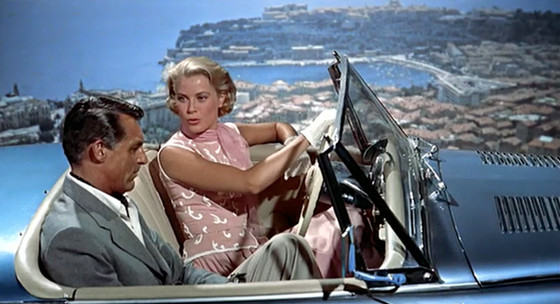
To Catch a Thief was the first film that Hitch shot in Paramount’s VistaVision, which was ideal for capturing a deluge of luscious wide-angle shots of the sun soaked French Riviera. The film also continues Hitch’s return to more humorous outings, presumably owing to the choice of writer (John Michael Hayes), though there is still a healthy supply of suspense, it’s just not the dominant feature of the project.
Cay Grant stars as a reformed cat burglar living out his retirement in France’s Côte d’Azur, when a spate of new crimes that carry all his former hallmarks take place. Thus, in the Hitch tradition, Grant is the innocent man presumed to be guilty who must endeavour to clear his name and discover the identity of the young pretender. And rightly so too, after all, as Eustace Budgell once wrote in The Spectator, “imitation is a kind of artless flattery”. Doing so, however, puts him at risk of the law as well the backers of this new iteration of ‘The Cat’, though it does also afford him the opportunity to fall in love with Grace Kelly who plays a rich heiress.
Unlike most Hitchcock films, the lines between innocent and guilty wears narrowly thin, just because John ‘The Cat’ Robie is in no way connected to the latest series of robberies, that does not render him innocent in the same was as Saboteur’s Barry Kane. Far from it. Robie has retired only because he no longer needs to steal, he’s a wealthy man, his superannuation is one from having to face up to his own culpability for the crimes that he did commit. His imitator brings these feelings to the fore, leaving Robie with the incumbrance of his own guilt and the responsibility of redeeming himself in one way or another.
To Catch a Thief highlights Hitch’s growing fascination with sex (his following film would tackle his other obsession, death) though his means of portraying it on screen was evidently becoming far more ambiguous. Here, we see him juxtapose sequences of Grant and Kelly with those of an elaborate firework display, the camera drawing ever closer towards the latter as out with the realm of the viewer’s vision, the characters do so in like.
Upon the completion of the sequence we get an almost jarring cut to observe Grace Kelly storming into Grant’s room to accuse him of theft, and in doing so, we made aware of the passage of time. What could have been a simple action-comedy romp is given an added layer of complexity by Hitch, elevating the film to take a prominent place among even his finest work, and that really is quite an achievement.
8. The Wrong Man
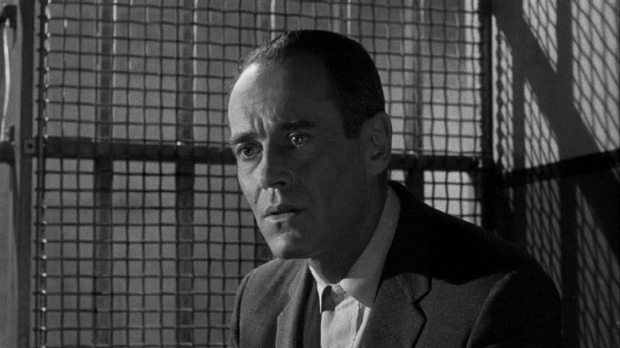
Hitchcock parted ways with both comedy and his screenwriter John Michael Hayes for this effort and instead employed Maxwell Anderson to sculpt the scenario for this more sombre flick, based on the writer’s own novel The True Story of Christopher Emmanuel Balastero (he co-wrote the screenplay with Angus McPhail).
It came as the director discovered a new level of popularity thanks to his work at Paramount, and this emboldened him to take a chance on a potential flop. This was clearly a project that was close to his heart, and as part of the deal with Warner, who were to distribute it, he agreed to only take a percentage of the potentially non-existent profits for his own pecuniary compensation.
What we are presented with here is another superb example of the Hitchcockian thriller, and whilst devoid of the usual comedy and suspense elements, it strangely feels as though it is one of the director’s least believable efforts, despite being a documentary like presentation of a true story. We even see the topic of guilt transference make an appearance as Henry Fonda’s Balastero (a musician) is wrongly fingered as the culprit in a series of holdups, but unlike Hitch’s fictional creations, he does not take a pro-active stance in proving his own innocence but rather gives way to providence instead.
In his defence though, the only witnesses capable of clearing his name turn up dead whist his wife suffers a complete mental breakdown, rendering him to the mercy of fate. Balastero is a martyr, indicated strongly through his Christ-like postulating, though the religious allegory runs through it, Hitch deliberately leaves these references ambiguous so that he can then provide no definite answers to how the tale unfolded as it did.
Following his arrest, both Ballestero and the viewer are subjected, unflinchingly, to the slow-moving wheels of justice. There is an absurdity to it that recalls Kafka as both audio and video grate, dragging on as forms are meticulously filled out, handwriting tests are conducted, witnesses are called in to identify the subject and so on. It is a cold, laborious process that seems to show Fonda’s character stripped of any defining features, rendering him a nameless victim of bureaucratic process.
7. Strangers on a Train
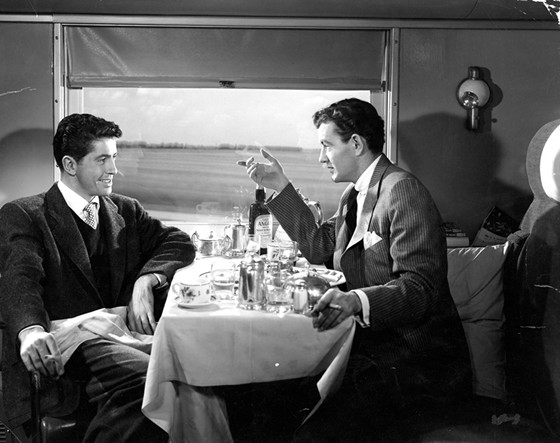
One of the best, if not the definitive statement on the transference of guilt, Strangers on a Train was written by Raymond Chandler and Czenzi Ormonde and is based on the novel by Patricia Highsmith. In it, two complete strangers (psychopathic Bruno and tennis champ, Guy) meet and, technically, they agree to swap murders, to do away with the most problematic person in each other’s lives. However, after Bruno follows through on his promise, Guy does not return the favour and, as an act of revenge (though also to gain leverage over him) Bruno has the slaying pinned on him.
Bruno manages to do this so well that the police and Guy’s lover, Anne, are utterly convinced of his guilt. To top it off, Guy himself is also wracked with compunction as, whilst he was not directly responsible for his wife Miriam’s death, his actions still led to her demise. This is so perfectly encapsulated in the scene where both Guy and Bruno duck out of sight of the police just across from Guy’s house, the two of them perfectly placed behind railings in the mise-en-scène that resemble the bars of a prison cell. Of course, there are other areas where the film excels too.
Hitchcock uses parallel cutting to introduce the main characters, played by Robert Walker and Rope’s Farley Granger respectively. We see shots of their feet as they move in opposite directions, then a brief glimpse of one of the two as he walks off towards the train – which we then see in motion. Hitch cuts to the interior to cut between their feet again, this time as they move towards one another, leading to an accidental coming together. The two men sit next to one another and a conversation begins.
Here, as the whole sordid affair is concocted, it is presented as what Guy mistook it to be, a hypothetical game of sorts. Yet, as Bruno puts the plan into action, the audience egg him on, for they, like Guy himself, wish to see Marion removed from the equation – she is a stumbling block that prevents Guy from following his heart. Bruno is fulfilling the desires of both the viewer and his unwilling accomplice with his actions, the transference of guilt passes not simply from one character to another, but onto us as well.